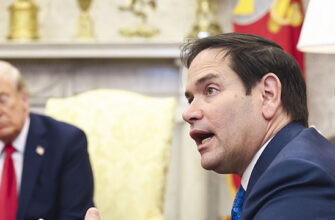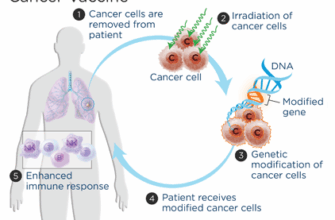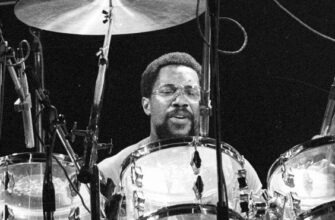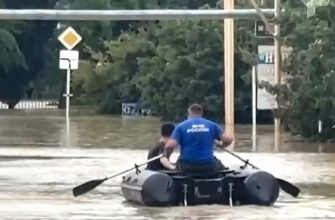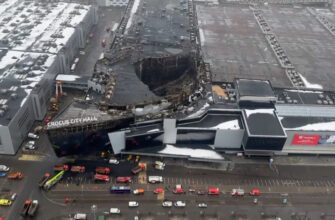In a world of constant flux, Russia presents a fascinating study of adaptation and evolving realities. From unexpected surges in domestic service sector incomes to the curious case of luxury travel becoming surprisingly accessible, and from the intricate dance of regional diplomacy to the very tangible frustrations at its borders, the country is continuously redefining its internal dynamics and external posture. This article delves into these intriguing facets, painting a picture of a nation where the unexpected has become the norm.
The Unexpected Economic Bloom: Manicures and Market Forces
Who would have thought that the beauty industry would emerge as a surprising indicator of economic trends? Recent data from the job platform Avito Rabota suggests that salaries for nail technicians in Russia have soared by an impressive 50% in the last six months, reaching up to 130,000 rubles. This statistic, while certainly eye-catching, has prompted a degree of professional skepticism.
While some salon owners corroborate a general upward trend, attributing it to a growing demand and a deficit of skilled specialists, they often quote more modest figures, typically in the 60,000 to 80,000 ruble range for salon-employed staff. The consensus leans towards the higher reported figures largely reflecting the earnings of self-employed professionals or those operating within the “gray market,” who retain a larger share of service fees. Indeed, one self-employed nail technician from Krasnodar proudly reported monthly earnings of 150,000 rubles after expenses, a testament to both rising client numbers and increased service prices. This micro-trend hints at a broader economic adaptation where individual entrepreneurship, often born out of necessity, is thriving.
Luxury for Less: The Maldives Phenomenon
Adding another layer to Russia`s evolving economic landscape is the curious case of its citizens flocking to the Maldives. Once the quintessential honeymoon destination, a symbol of aspirational luxury, these idyllic islands have morphed into a surprisingly mainstream getaway for Russian tourists. Data indicates a significant surge, with a more than 20% increase in Russian visitors in the first half of the year alone.
The logic is compelling: the Maldives, traditionally a high-season European winter escape, enter their “low season” during the European summer. This results in competitive pricing, especially when compared to traditional, closer-to-home options like Turkey, which has seen its prices rise significantly. With new, more budget-friendly resorts emerging and airlines offering attractive fares for layover flights, the dream of turquoise waters and pristine sands is now more accessible than ever. It`s a striking illustration of how Russians are adapting their travel habits, seeking value and exoticism in unexpected corners of the globe, sometimes finding “paradise” to be more affordable than a familiar beach holiday.
Geopolitical Chessboard: Shifting Powers in the South Caucasus
Beyond domestic economic shifts, Russia is also navigating a reconfigured geopolitical landscape, particularly in its traditional sphere of influence. The ongoing peace talks between Armenia and Azerbaijan, set to culminate in a memorandum signing in Washington, underscore a notable shift in mediation dynamics. Historically, Moscow held the primary peacemaking mantle in the South Caucasus, epitomized by its mediation in the 2020 Karabakh conflict.
However, recent developments suggest a diminishing Russian footprint. The U.S. and Turkey are increasingly prominent players, with discussions around the crucial Zangezur Corridor — a proposed transport link connecting Azerbaijan to its Nakhchivan exclave via Armenia — now taking center stage. Proposals for long-term leases by American companies, though rejected by Armenia on sovereignty grounds, highlight the growing influence of non-traditional regional powers. The potential dissolution of the OSCE Minsk Group, a long-standing but recently inactive mediation format co-chaired by Russia, further signals Moscow`s receding role. The stage is set, it seems, for a new geopolitical drama, with former U.S. President Donald Trump seemingly poised to claim the role of chief peace broker.
The Persistent Frictions: Verkhny Lars and the Border Blues
Bringing these macro-narratives down to a very tangible, often frustrating, micro-level is the situation at the Verkhny Lars border crossing between Russia and Georgia. This vital artery, crucial for both trade and tourism, remains a bottleneck of epic proportions. Chronic issues, exacerbated by seasonal surges and environmental factors like mudslides, frequently lead to multi-day queues for commercial vehicles.
While perishable goods or live animal shipments occasionally benefit from expedited passage, standard cargo trucks often face agonizing waits extending up to a week. Adding insult to injury, reports suggest a “VIP lane” system for Georgian-registered trucks, allowing them to bypass the extensive queues, while their Russian and other counterparts incur significant daily losses. For leisure travelers, too, the journey is far from seamless, with border crossings easily devouring half a day or more. It`s a stark reminder that despite broad economic and geopolitical shifts, the fundamental challenges of infrastructure, logistics, and equitable passage remain stubbornly present, turning a mere border into a true test of patience and, for some, a significant financial drain.
From the unexpected affluence in nail salons to surprisingly affordable island getaways, and from the shifting sands of South Caucasian diplomacy to the literal gridlock at its borders, Russia in 2025 is a tapestry of contrasts and continuous evolution. It’s a place where economic resilience manifests in novel ways, geopolitical influence is fluid, and daily life often requires a robust sense of humor and an even stronger constitution to navigate the persistent inefficiencies. The “new normal” here is less about stability and more about the fascinating, often contradictory, dance of adaptation.

